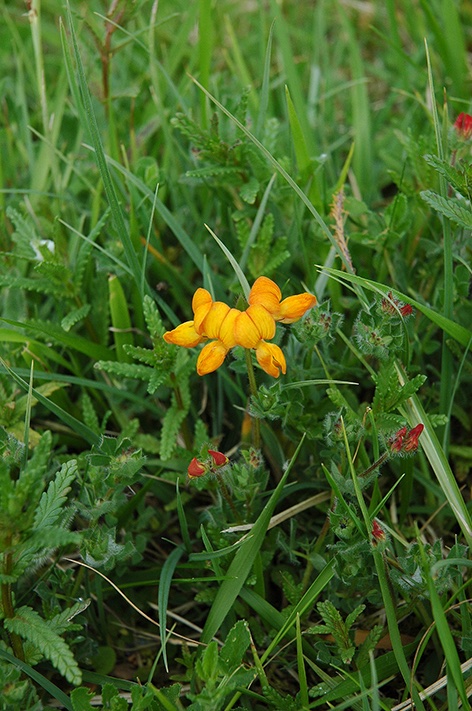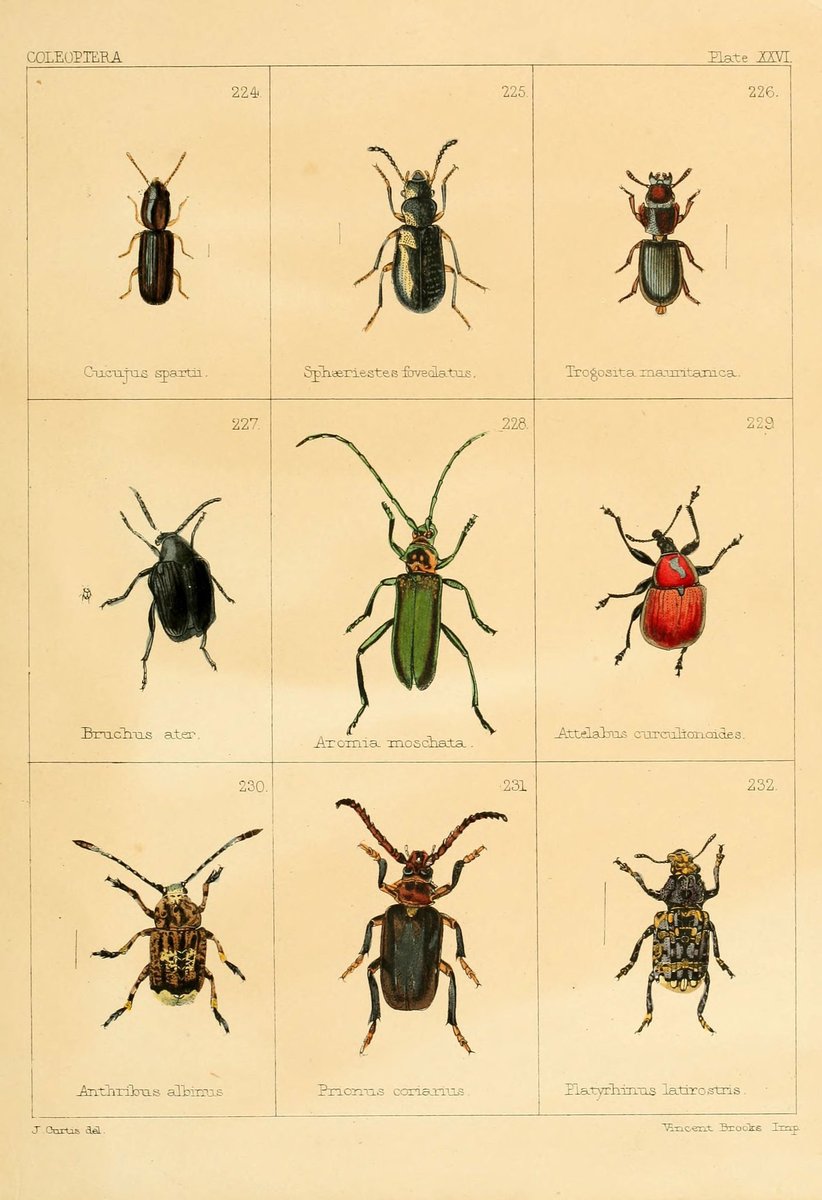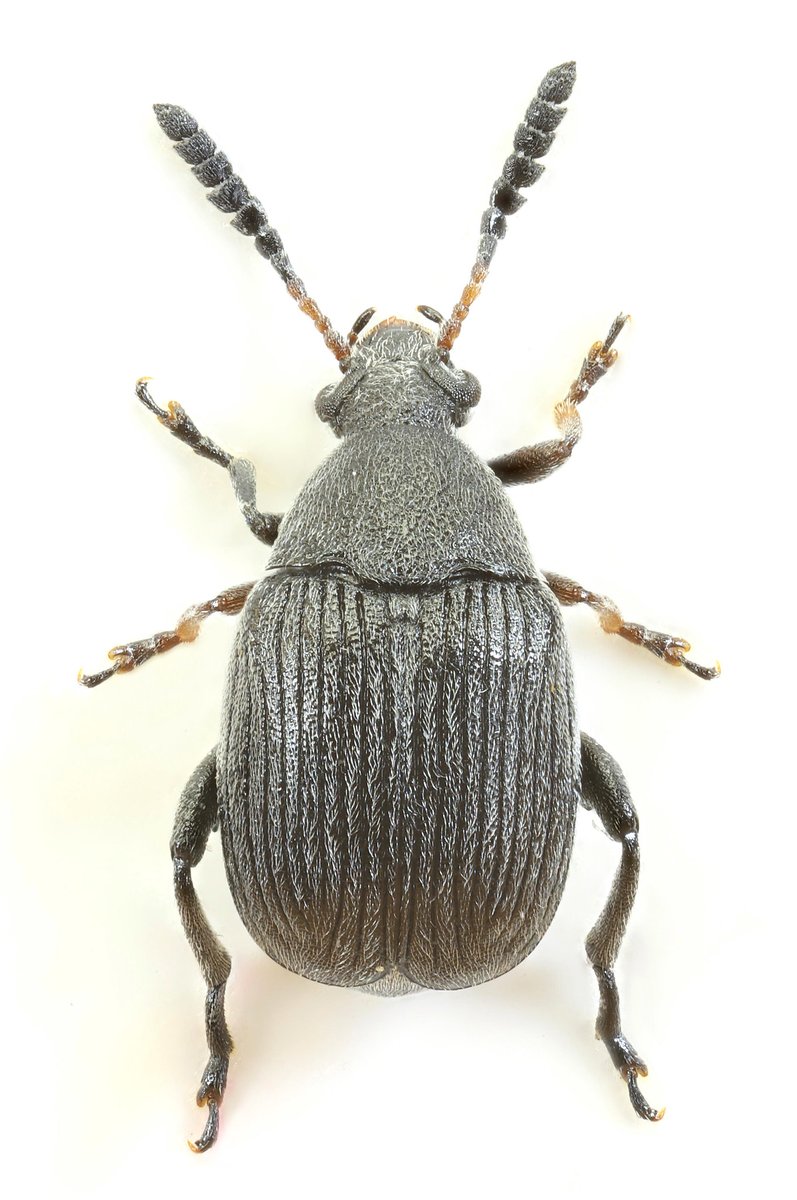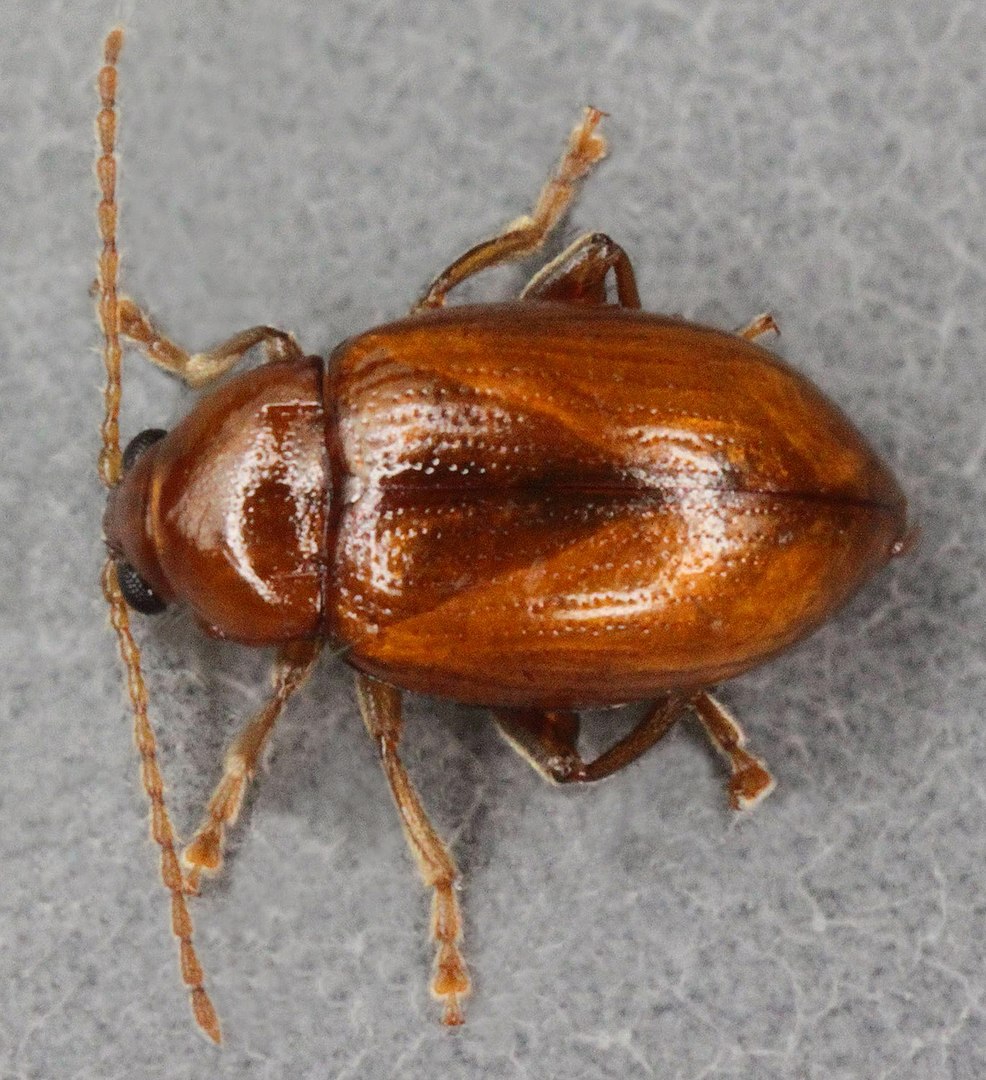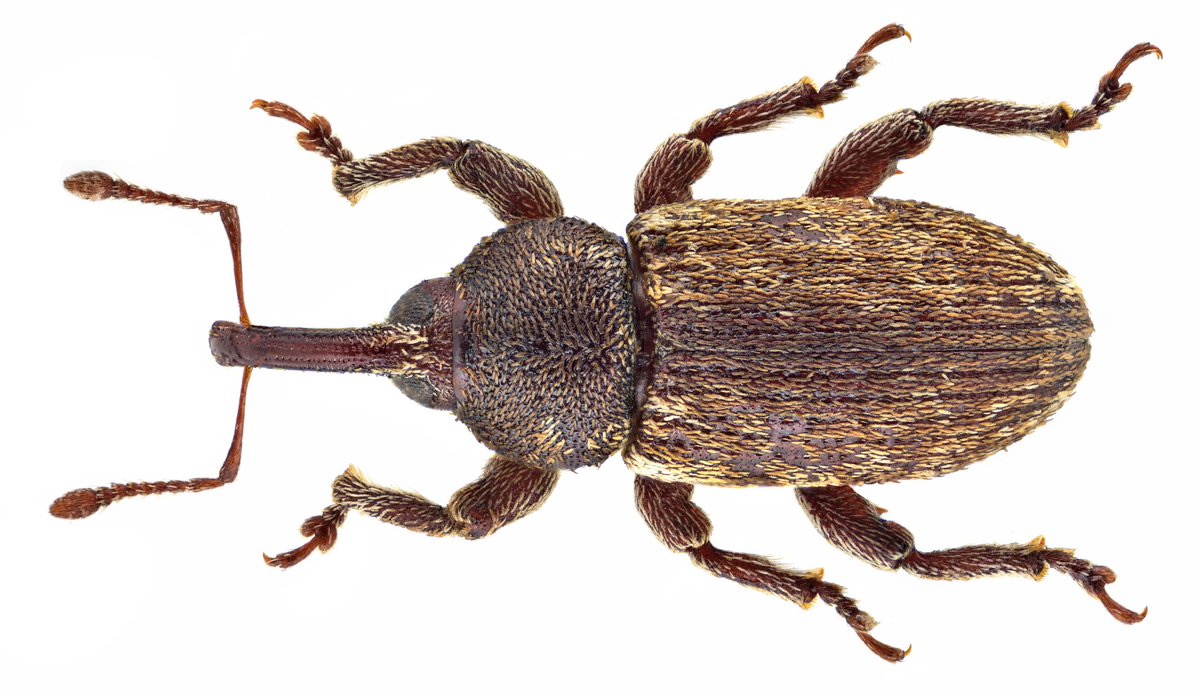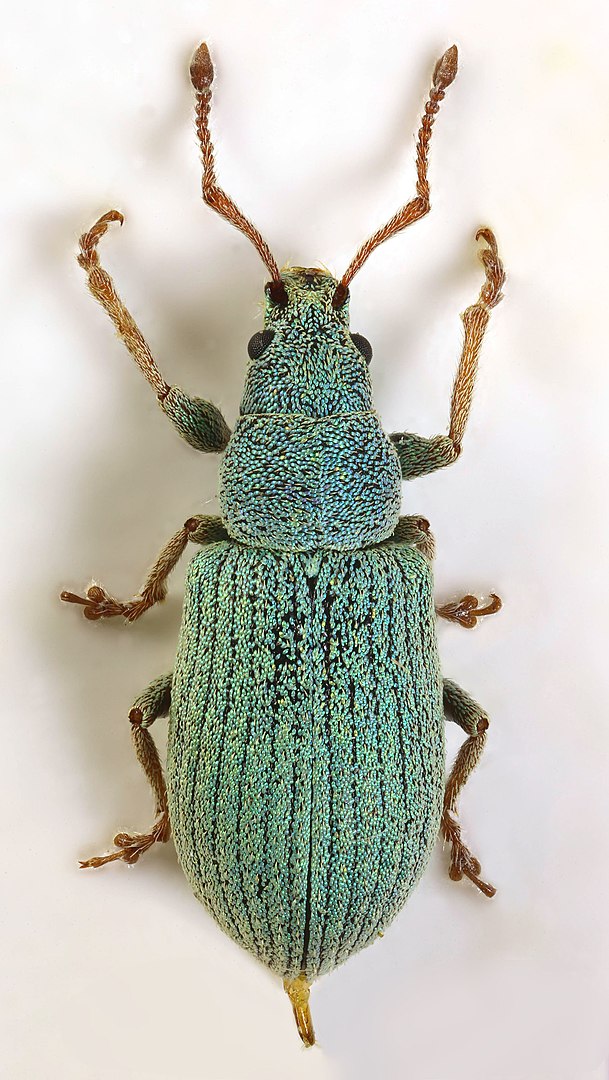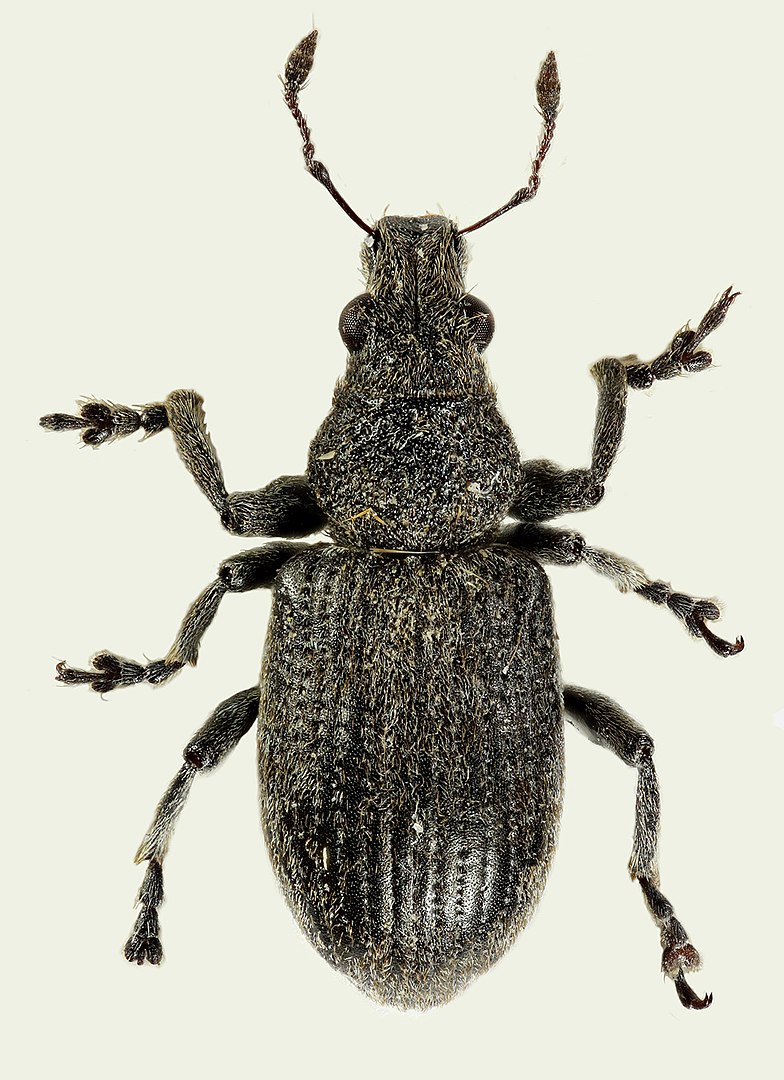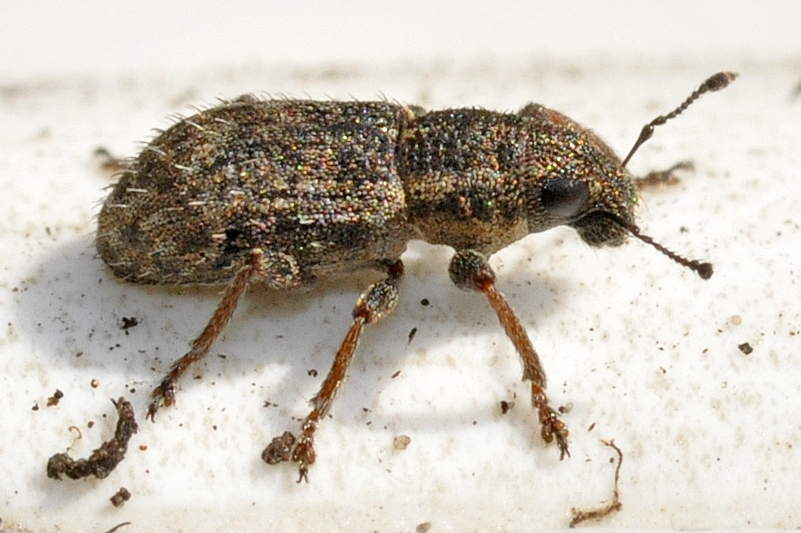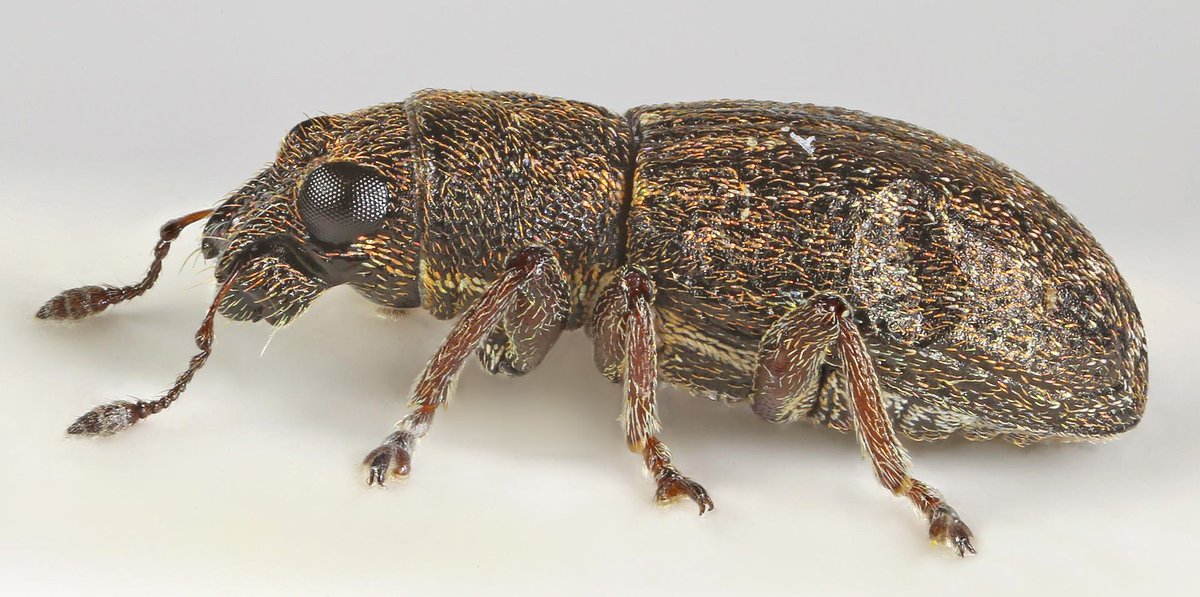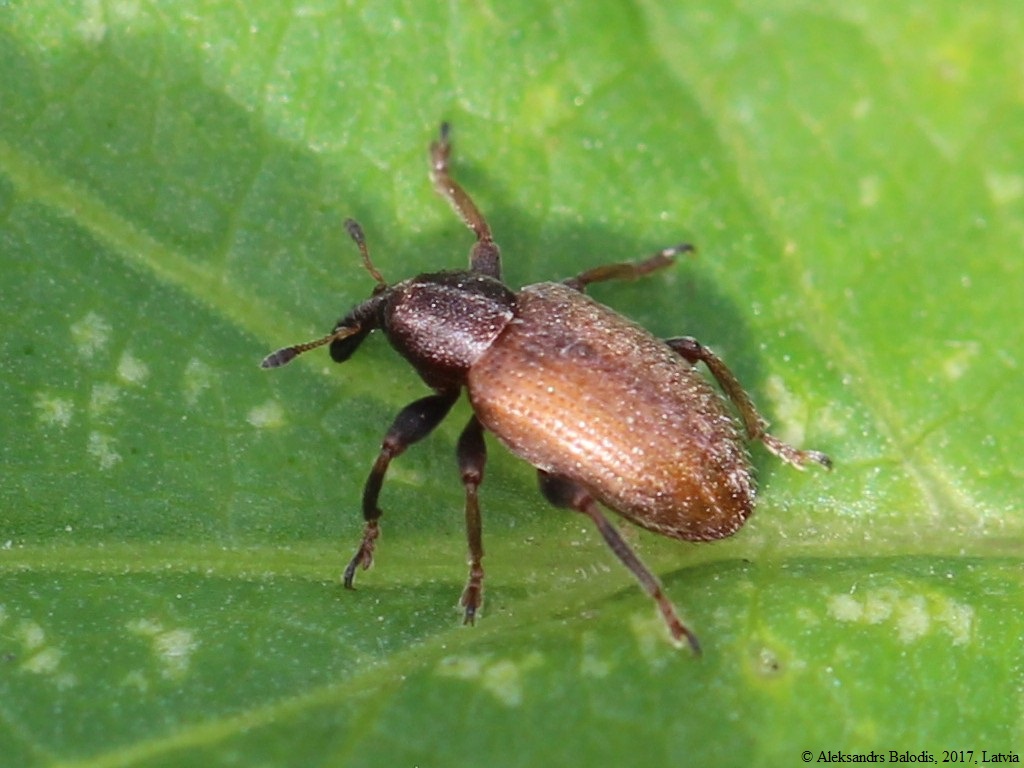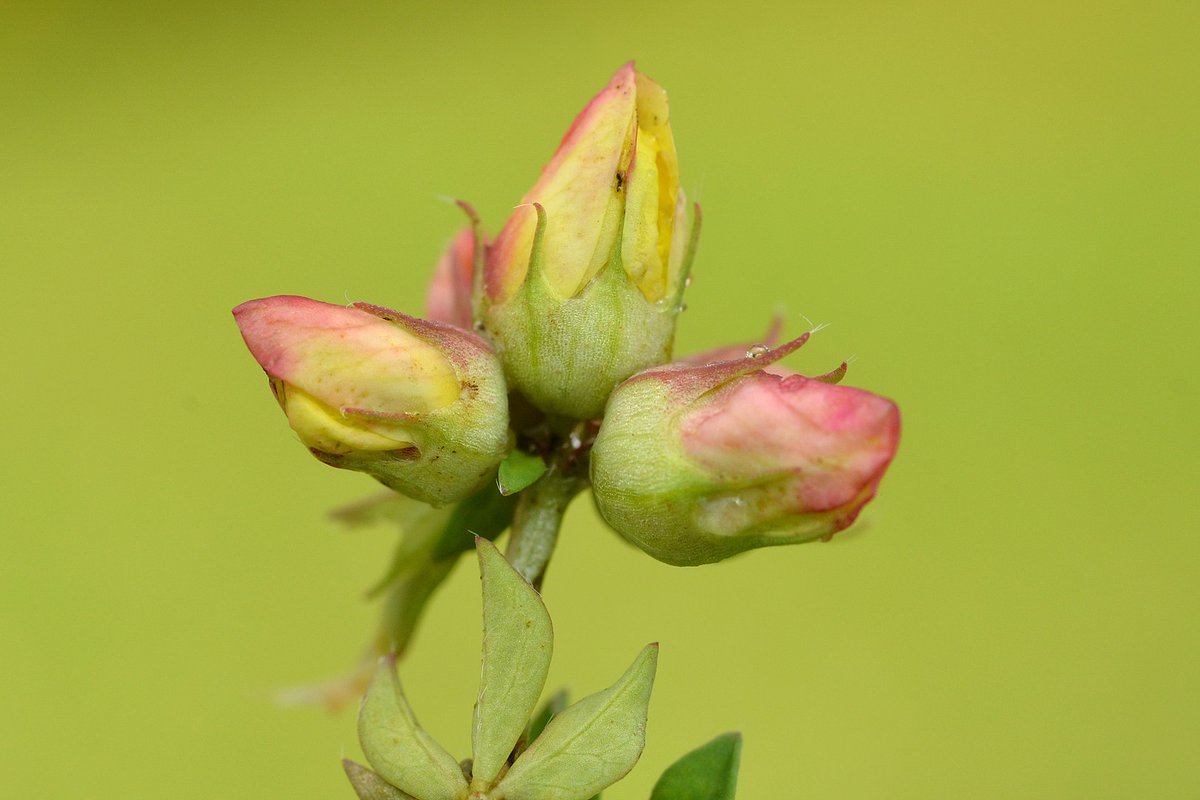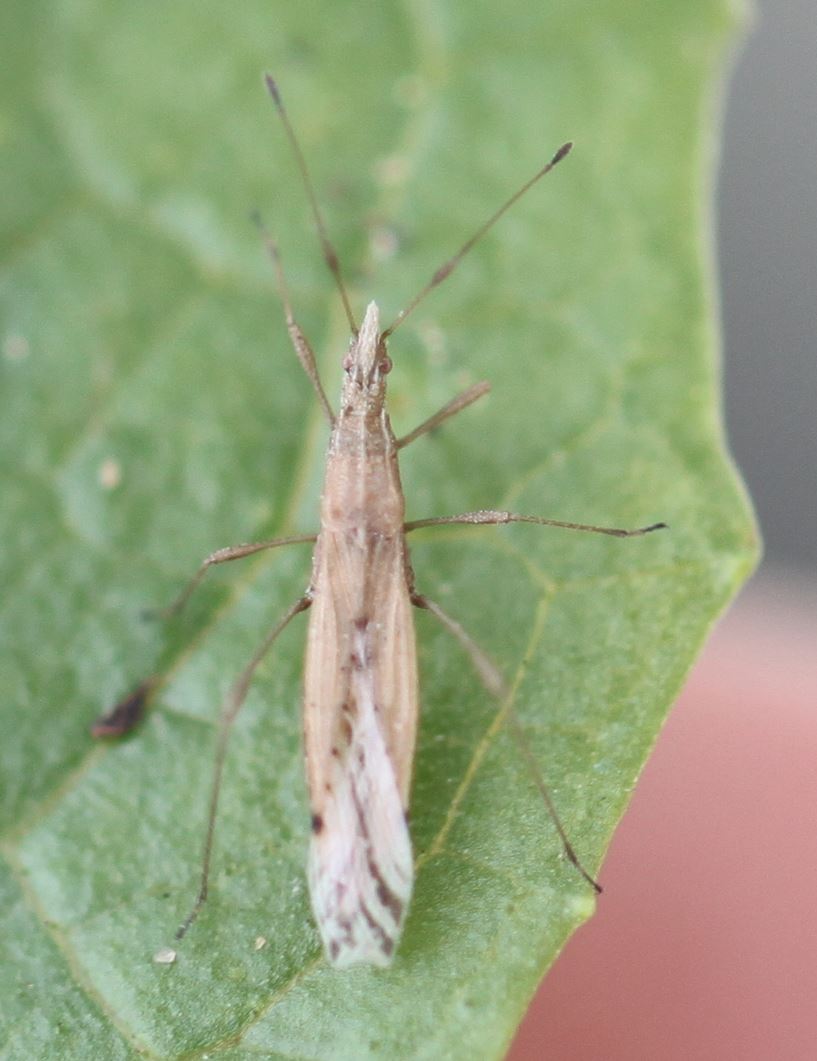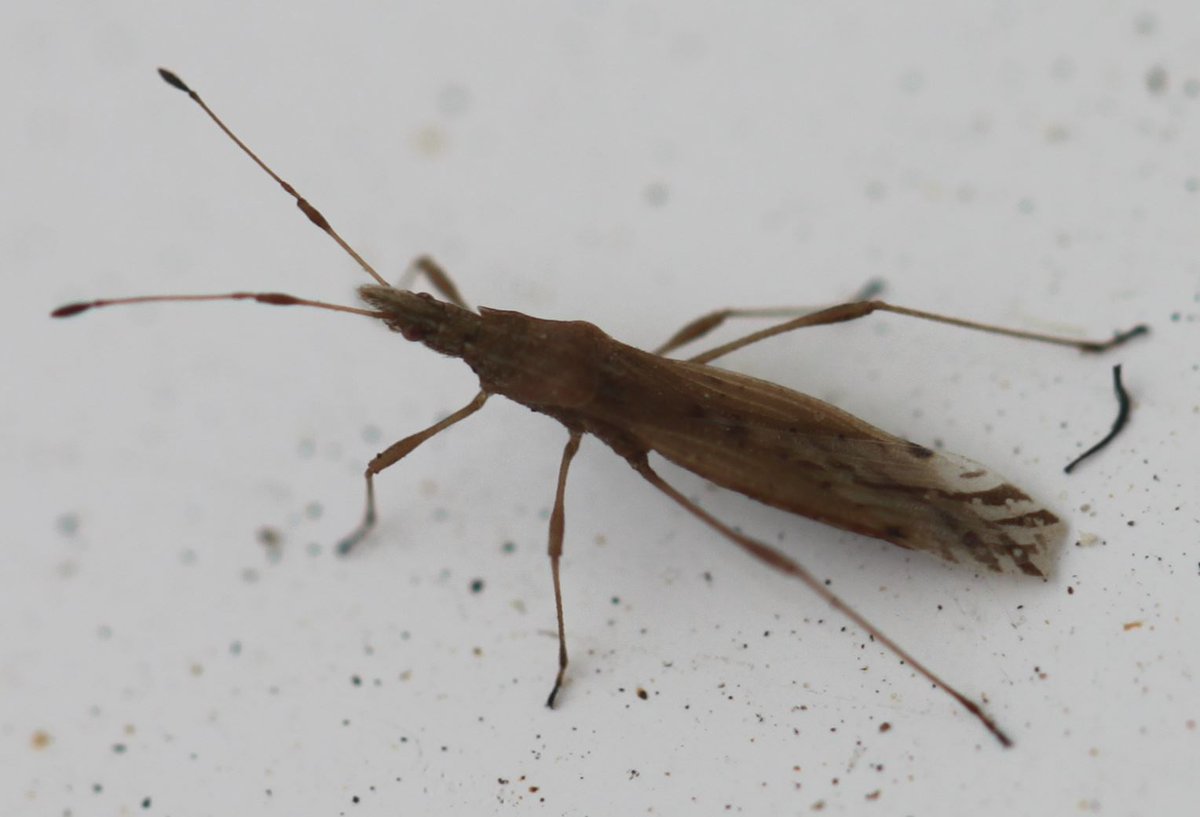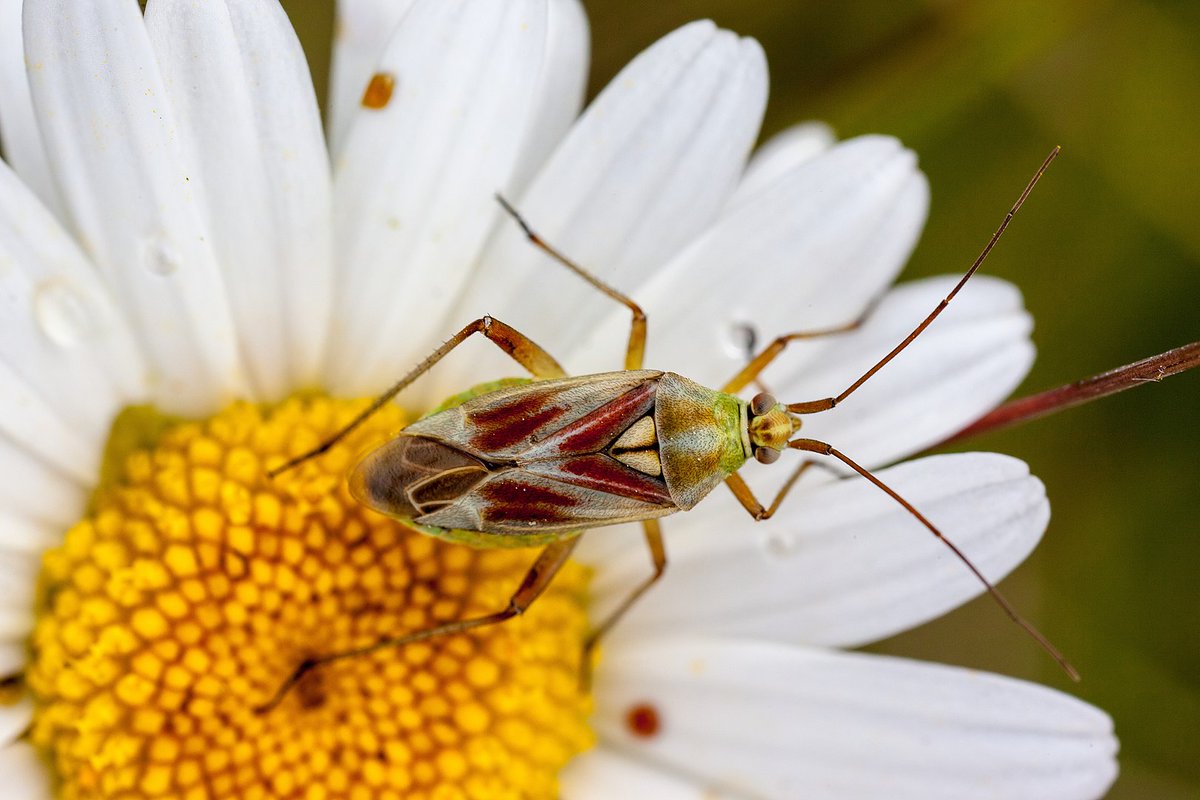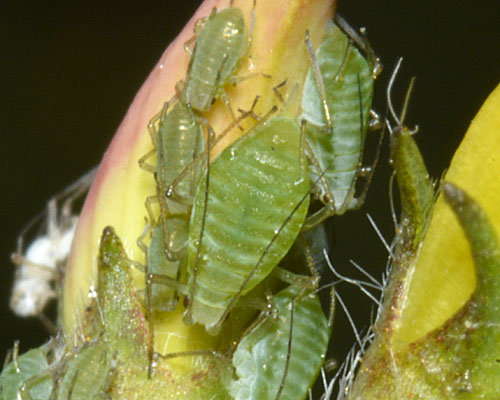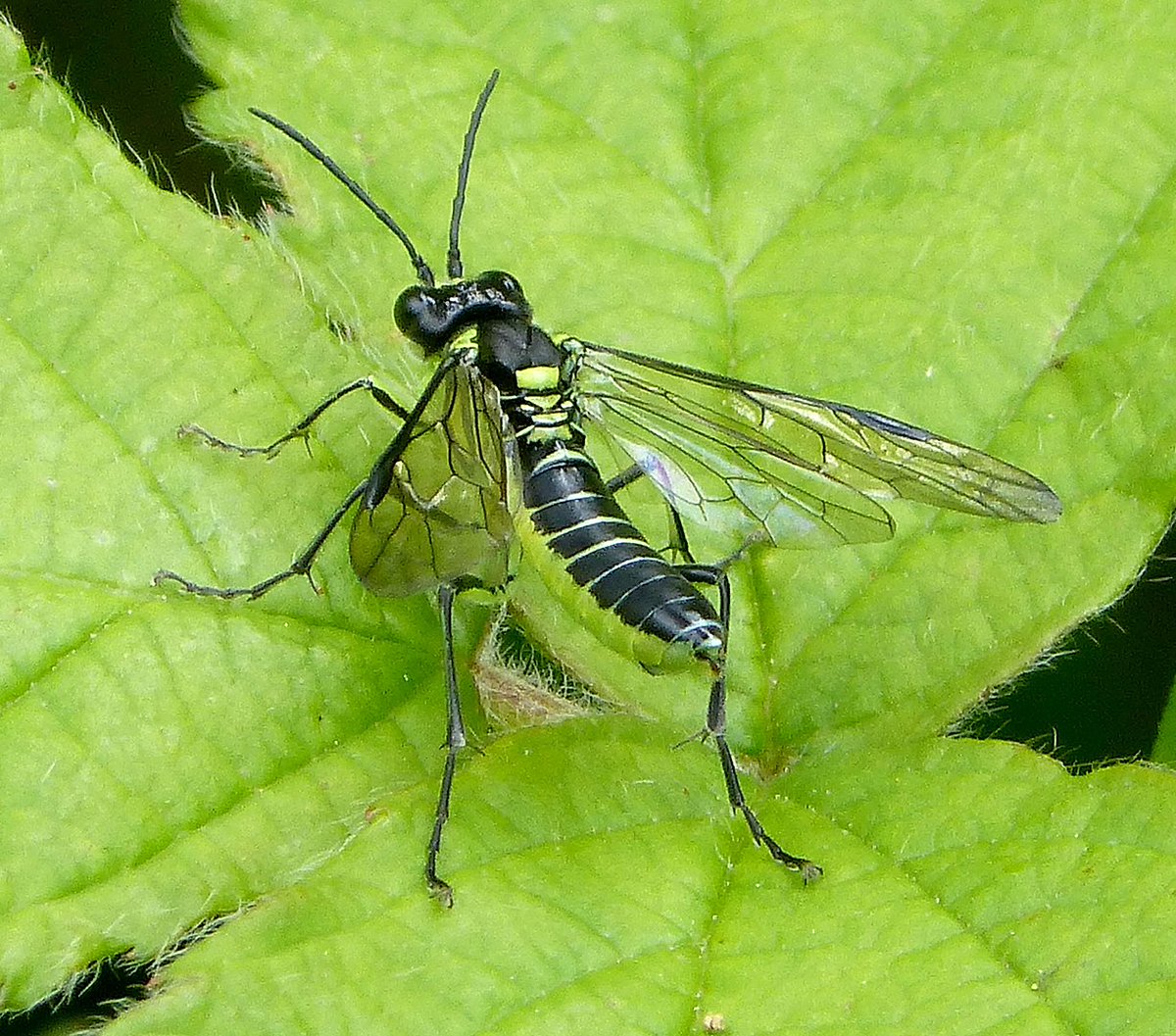No 1 Lotus corniculatus Bird’s-foot Trefoil, Part 3/3
Has 130 dependents: inc. 21 Coleoptera (Beetles & Weevils); 6 Diptera (Flies); 6 Hymenoptera (Sawflies, Bees, Ants, Wasps); 6 Hemiptera (Cicadas, Aphids, Planthoppers, Leafhoppers, Shield Bugs)
Has 130 dependents: inc. 21 Coleoptera (Beetles & Weevils); 6 Diptera (Flies); 6 Hymenoptera (Sawflies, Bees, Ants, Wasps); 6 Hemiptera (Cicadas, Aphids, Planthoppers, Leafhoppers, Shield Bugs)
Bruchidius cisti, a seed beetle, larvae mine pods & feed on seeds of several Fabaceae; adults are pollen & leaf feeders on Rock Rose, Campanula glomerata, Lady’s Bedstraw. Often parasitised by wasps.
As B. ater, from British beetles, Curtis’s British Entomology @BioDivLibrary
As B. ater, from British beetles, Curtis’s British Entomology @BioDivLibrary
Bruchus loti uses various Fabaceae; larvae develop in the pods inside the seeds, & pupate there. Adults overwinter beneath tree bark. May be parasitised by the pteromalid wasp Pteromalus semotus
Pic by Janet Graham, CC BY 2.0 CC
Pic by Janet Graham, CC BY 2.0 CC
Neocrepidodera ferruginea, a leaf beetle found in meadows & cereal crops (a minor grain pest). Polyphagous; hosts include members of the Poaceae, Asteraceae), & several Fabaceae.Larvae mine stalks of the host plants.
Pic by Janet Graham, Fenns Moss, North Wales, CC BY 2.0
Pic by Janet Graham, Fenns Moss, North Wales, CC BY 2.0
Pachytychius haematocephalus, the Gilkicker weevil, a true weevil, named for Fort Gilkicker, Gosport, Hampshire. Found in coastal grasslands & shingle. The larvae develop in the pods of Lotus corniculatus.
Pic by Udo Schmidt, CC BY-SA 2.0
Pic by Udo Schmidt, CC BY-SA 2.0
Phyllobius viridiaeris, Green Nettle weevils feed on leaves & flowers of a range of herbaceous plants including Lotus corniculatus. Larvae are subterranean & feed on the roots.
Pic by Janet Graham, Tywyn Gwyn dunes, North Wales, CC BY 2.0
Pic by Janet Graham, Tywyn Gwyn dunes, North Wales, CC BY 2.0
The genus Sitona specialises in using legumes (Fabacae) as a host. Several species are important agricultural pests of legumes It’s not all good news! Sitona cambricus. Pic by Janet Graham, Dyffryn, North Wales, CC BY 2.0
Sitona hispidulus, Clover root weevil, larvae eat root nodules; adults eat the leaves, especially of clover (Trifolium). It is noticeably bristly hence its specific name
Pic by Francisco Welter-Schultes, CC0
Pic by Francisco Welter-Schultes, CC0
Sitona sulcifrons, a clover weevil that may attack clovers, Lucerne & Alfalfa. Larvae feed on the root nodules. They can affect the yield of peas, field beans, broad beans & can transmit viruses
Pic by Janet Graham, Minera, North Wales, CC BY 2.0
Pic by Janet Graham, Minera, North Wales, CC BY 2.0
Hypera meles, a clover weevil that eats the leaves & stems of clover & other Fabaceae, inc. Lotus corniculatus, at all stages of the lifecycle, weaving a netlike cocoon in which to pupate.
Pic by AfroBrazilian, CC BY-SA 4.0
Pic by AfroBrazilian, CC BY-SA 4.0
Contarinia loti is a gall midge, forming galls containing one or more larvae on several species of Fabaceae, including Lotus angustissimus, L. arenarius, L. pedunculatus, L. tenuis; shown here on L. corniculatus
Pic by Gilles San Martin, CC BY-SA 2.0
Pic by Gilles San Martin, CC BY-SA 2.0
Berytidae: Berytinus signoreti, a Stilt Bug, favouring sunny sites in sandy and chalky habitats, using several of the Fabaceae as larval hosts; Lotus corniculatus, Ononis & Medicago. Pic by Slimguy, CC BY 4.0
Miridae: Calocoris roseomaculatus, Rose-spotted plant bug, is an attractively marked bug that feeds on Lotus corniculatus, Restharrow, Salad Burnet and Kidney Vetch at all stages in its lifecycle
Pic by Michael Apel, CC BY-SA 3.0
Pic by Michael Apel, CC BY-SA 3.0
Aphididae: Acyrthosiphon loti, Green Trefoil aphid feeds on various members of the Fabaceae, including Lotus, Anthyllis, Hippocrepis, & lucerne, Medicago sativa. Colonies are especially attractive to hoverfly larvae (Syrphidae).
Pic by http://InfluentialPoints.com , CC BY 3.0
Pic by http://InfluentialPoints.com , CC BY 3.0
Tenthredo arcuata. A sawfly of flower rich meadows. Larvae are nocturnal, & graze the leaves & flowers of Trifolium repens & Lotus corniculatus. As adults they predate small insects & feed on nectar & pollen, especially of Apiaceae species.
Pic by Gail Hampshire, CC BY 2.0
Pic by Gail Hampshire, CC BY 2.0
It occurs to me that several of these invertebrates are described as spending their whole lifecycle on Fabaceae, & so to wonder whether it has to do with their high nitrogen/protein content? High value food source?

 Read on Twitter
Read on Twitter